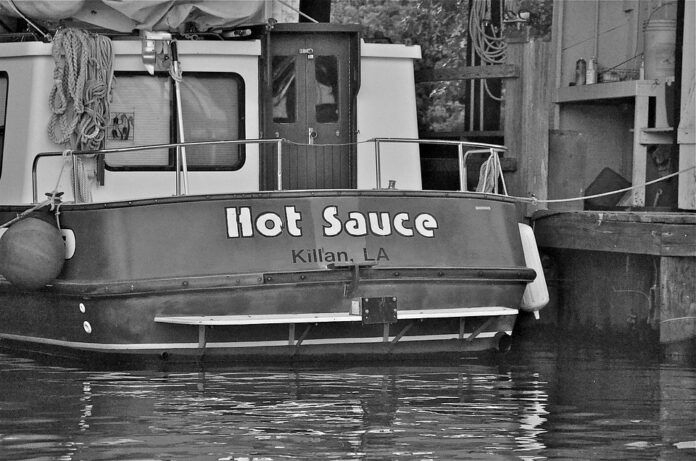Introduction
Chili peppers are a staple ingredient in hot sauce production, adding heat and flavor to a variety of dishes. In this report, we will explore the process of how chili peppers are grown and processed for hot sauce production. From planting to harvesting, to processing and bottling, we will delve into the intricate steps involved in bringing these fiery peppers from the field to the bottle.
Growing Chili Peppers
Planting
Chili peppers are typically grown from seeds, which are planted in well-drained soil in warm, sunny locations. The seeds are usually started indoors in trays or pots before being transplanted to the field once the weather is warm enough. Chili peppers thrive in temperatures between 70-90°F and require regular watering to ensure proper growth.
Cultivation
Once the chili plants are established in the field, they require regular care and maintenance. This includes watering, weeding, and fertilizing to promote healthy growth. Chili peppers are susceptible to pests and diseases, so farmers often use organic or chemical treatments to protect their crops.
Harvesting
Chili peppers are typically ready for harvest 60-90 days after planting, depending on the variety. The peppers are picked by hand or using machinery, depending on the size of the operation. It is crucial to harvest chili peppers at the right time to ensure optimal flavor and heat levels in the final product.
Processing Chili Peppers for Hot Sauce
Cleaning and Sorting
After harvesting, chili peppers are cleaned and sorted to remove any dirt, debris, or damaged peppers. This step is essential to ensure the quality and safety of the final product. Peppers are often washed and inspected before moving on to the next stage of processing.
Drying
Once cleaned, chili peppers are typically dried to reduce moisture content and concentrate flavor. Peppers can be air-dried, sun-dried, or mechanically dried using specialized equipment. Drying chili peppers also helps to extend their shelf life and makes them easier to grind into a powder.
Grinding
Dried chili peppers are ground into a fine powder using industrial grinders. The consistency of the grind can vary depending on the desired heat level and texture of the final hot sauce. Some manufacturers may also blend different varieties of chili peppers to create unique flavor profiles.
Extracting and Fermenting
Once ground, chili peppers are mixed with vinegar, salt, and other ingredients to create a paste. This paste is then fermented for a period of time to develop complex flavors and aromas. Fermentation can last anywhere from a few days to several weeks, depending on the recipe and desired flavor profile.
Bottling and Packaging
After fermentation, the hot sauce is strained and bottled for distribution. Bottles are typically labeled with ingredients, nutritional information, and branding. Hot sauce can be packaged in a variety of sizes, from small bottles for individual use to large containers for food service establishments.
Industry Insights
The hot sauce industry is a competitive and growing market, with consumers increasingly seeking out unique and bold flavors. According to Market Research Future, the global hot sauce market is expected to reach $3.77 billion by 2023, with a CAGR of 6.5% during the forecast period.
Major players in the hot sauce industry include Tabasco, Sriracha, Cholula, and Frank’s RedHot, among others. These brands offer a wide range of hot sauces, from mild to extra hot, catering to a diverse consumer base. With the rise of food tourism and social media influencers, hot sauce has become a trendy condiment that is often featured in recipe videos and cooking shows.
In conclusion, chili peppers are a key ingredient in hot sauce production, with a complex process involved in growing and processing these fiery peppers. From planting to harvesting, to processing and bottling, each step plays a crucial role in creating the flavorful and spicy hot sauces that consumers love. As the hot sauce industry continues to grow and evolve, manufacturers are constantly innovating to meet consumer demands and stay ahead of the competition.

